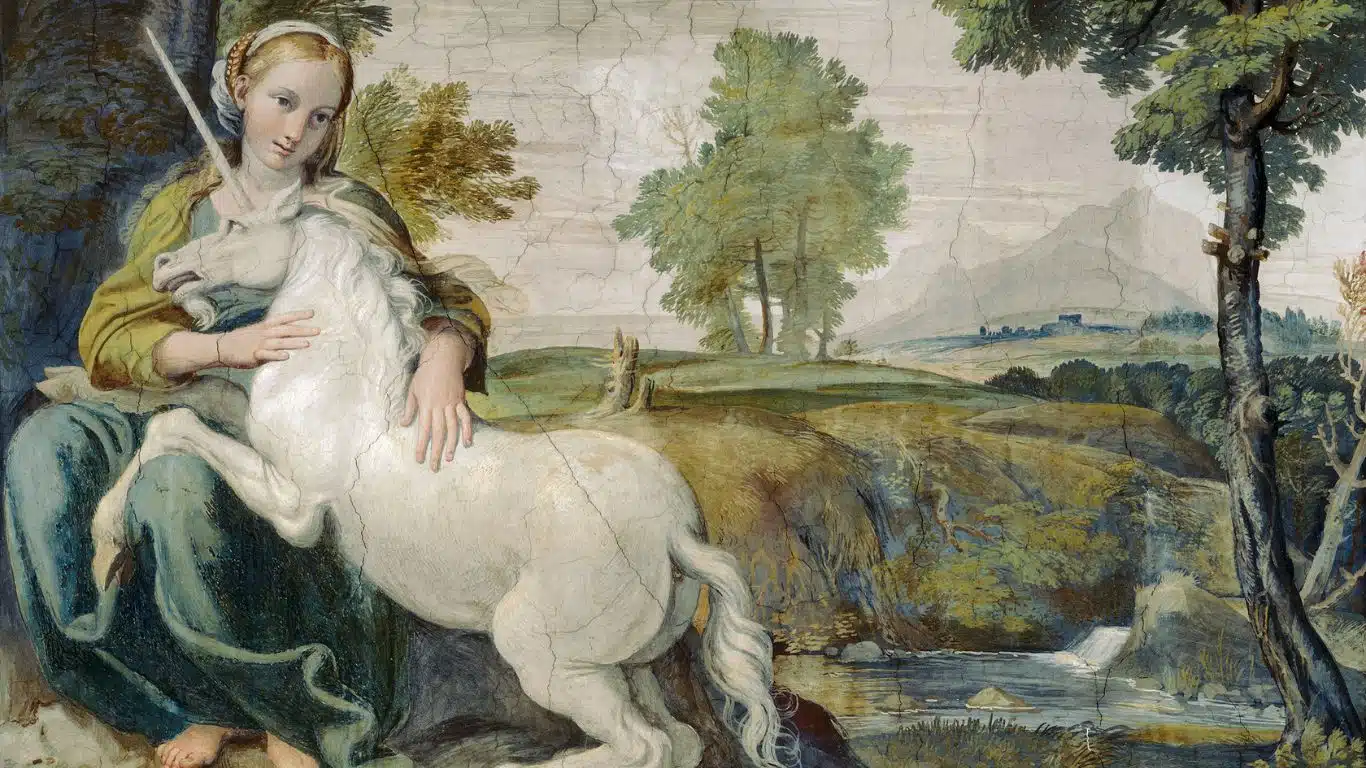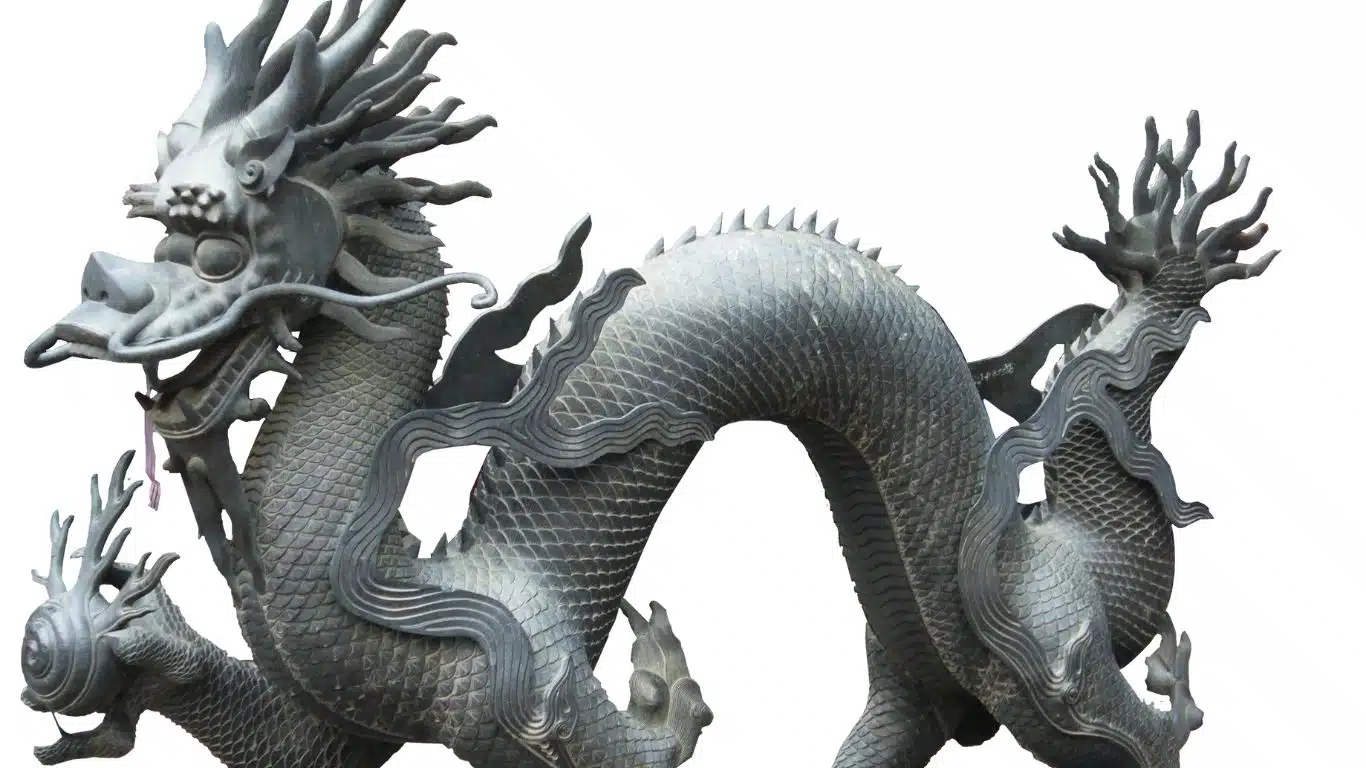10 Symbols Of Hope In Different Mythologies: Hope is a powerful emotion that has the ability to inspire and motivate individuals even in the darkest of times. Across different cultures and mythologies, symbols have been used to represent hope and serve as a source of inspiration and encouragement. From the phoenix in the Greek Mythology to the rainbow bridge of Norse mythology, these symbols hold a deep significance and convey a message of optimism and resilience.
In this blog, we will explore ten symbols of hope from different mythologies and examine their significance and meaning. These symbols offer a unique insight into the ways in which hope is conceptualized across various cultures and belief systems. By delving into the stories and legends behind these symbols, we can gain a deeper understanding of the power of hope and its ability to transform lives. Whether you’re a mythology enthusiast or simply looking for inspiration, this blog is sure to offer an engaging and insightful look at the symbols of hope that have captured the imaginations of people throughout history.
10 Symbols Of Hope In Different Mythologies
Phoenix – Greek Mythology

The phoenix is a powerful symbol of hope in Greek mythology because of its ability to renew itself. The bird lives for 500 years before setting itself on fire and being reborn from its own ashes. This process of death and rebirth is seen as a cycle of life, and it symbolizes the hope that new beginnings can always arise from endings.
It is also a symbol of renewal, as it is reborn in a renewed form, with its old self being transformed into something new. This transformation is a metaphor for the potential for growth and change in life, even in the face of great adversity. The phoenix represents the hope that even in the darkest of times, there is always the possibility for renewal, growth, and new beginnings. Its cyclical nature is a reminder that life is a journey that is full of ups and downs, but that there is always hope for a better tomorrow.
Lotus Flower – Hindu Mythology

The lotus flower is a symbol of hope in Hindu mythology, as it represents the journey towards enlightenment and spiritual growth. In Hinduism, it is believed that the lotus flower grows in muddy waters, yet remains pure and untouched by its surroundings. This symbolizes the ability to rise above one’s circumstances and achieve spiritual liberation. It is also associated with Lord Brahma, the creator of the universe, and Goddess Lakshmi, the goddess of wealth, prosperity, and purity. The lotus flower is said to be a reminder that even in the darkest of times, there is always the possibility for growth, renewal, and transformation. Therefore, the lotus flower serves as a beacon of hope, inspiring individuals to overcome their struggles and achieve their highest potential.
Rainbow Bridge – Norse Mythology

Symbol of hope in mythology can take many forms, but one example is the Rainbow Bridge in Norse mythology. This bridge connects the realm of the gods with the mortal world, representing a connection between the two realms and the hope of transcending boundaries. The rainbow is a powerful symbol in many cultures, representing a bridge between the earthly and divine realms, and a pathway to new possibilities and new beginnings. In Norse mythology, the Rainbow Bridge also represents the hope of reaching Valhalla, the afterlife for fallen warriors, and a place of honor and glory. This symbol of hope reminds us that there is always a way to reach our goals, and that we can transcend obstacles and limitations to achieve our dreams.
White Buffalo – Native American Mythology

In Native American mythology, the white buffalo is considered a sacred and rare creature that brings hope and renewal to the people. It is believed that the white buffalo brings messages of peace and prosperity, and its appearance is seen as a powerful omen of good things to come.
The symbol of the white buffalo is closely tied to the legend of the White Buffalo Calf Woman, who is considered a prophet and a messenger of hope. According to the legend, the White Buffalo Calf Woman appeared to the Lakota tribe in the form of a white buffalo, carrying a sacred pipe and teaching the people the Seven Sacred Rites, which are central to their spiritual beliefs. The white buffalo is also associated with the concept of harmony and balance in nature, as it is believed to represent the unification of masculine and feminine energies. This symbolism reflects the Native American belief in the interconnectedness of all things in the natural world, and the importance of maintaining balance and respect for the environment.
Ankh – Egyptian Mythology

The Ankh is a cross-like symbol with a loop at the top, which is believed to represent eternal life and the continuation of existence beyond death. The Ankh is often associated with the goddess Isis, who was believed to be the goddess of life and fertility.
In Egyptian mythology, the Ankh was also used to represent the concept of Ma’at, which was the idea of balance, order, and harmony in the universe. It was believed that by living a balanced and harmonious life, one could achieve eternal life and become one with the gods. Therefore, the Ankh symbolizes hope for eternal life, balance, and the continuation of existence beyond death in ancient Egyptian mythology. It is a powerful symbol of hope and optimism that has endured for thousands of years and continues to inspire people to this day.
Tree of Life – Celtic Mythology

The tree of life is an important symbol of hope in Celtic mythology, which reflects the interconnectedness of all living beings and the cyclical nature of life. It is a representation of growth, renewal, and transformation, symbolizing the potential for life to continue, despite the challenges and struggles that we all face.
In Celtic mythology, the tree of life is often depicted as a sacred oak or a mystical tree with magical powers. It is believed to be a source of nourishment, healing, and protection, providing a sense of stability and security in an ever-changing world. The tree of life is also associated with the concept of rebirth and renewal, as it sheds its leaves in the fall and then regenerates new growth in the spring. This cyclical pattern of growth and decay represents the constant cycle of life, death, and rebirth, providing a sense of hope and reassurance that life will continue, even after periods of hardship and loss.
Turtle – Chinese Mythology

The turtle is a powerful symbol of hope in Chinese mythology, representing the wish for a long and fulfilling life. This creature is seen as a symbol of longevity and prosperity, and its image is often used to inspire people to persevere through difficult times. In Chinese art and literature, the turtle is often depicted carrying the world on its back, representing its important role in supporting the universe. This powerful image is a reminder that no matter how heavy the burden may seem, there is always hope for a better future. The turtle is a symbol of resilience, patience, and endurance, and it reminds us to never give up, no matter what obstacles we may face.
Unicorn – Medieval European Mythology

The unicorn is considered to be a powerful symbol of hope in Medieval European mythology. It is often depicted as a majestic, white horse with a single spiraled horn projecting from its forehead. This creature is believed to have mystical powers that can heal the sick and wounded, and its presence is said to bring good luck and fortune. The unicorn’s purity and innocence are highly regarded in mythology. It is often portrayed as a gentle creature that only appears to those who are pure of heart and have a deep connection with nature. This purity and innocence represent hope for a better future, one that is free of corruption and evil.
Furthermore, the unicorn’s horn is considered to be a potent symbol of healing. It is believed that the unicorn’s horn can cure many ailments and diseases, and its presence can bring peace and tranquility to troubled minds. This symbol of healing is a beacon of hope for those who are suffering and seeking a way out of their predicament.
Dove – Biblical Mythology

In Biblical mythology, the dove is a symbol of hope and peace primarily due to its association with the story of Noah’s ark. According to the Bible, when Noah and his family were stranded on the ark during the great flood, he sent out a dove to search for dry land. The dove eventually returned with an olive branch, indicating that the flood waters had receded and dry land was once again available.
This event is considered a symbol of hope for the end of suffering and the beginning of a new era, as it marked the end of a devastating flood and the beginning of a new chapter in human history. The dove’s ability to find the olive branch amidst the destruction of the floodwaters symbolized the potential for new life and new beginnings even in the darkest of times. The dove is also associated with the Holy Spirit in the New Testament, further emphasizing its symbolic importance in the Christian faith. In this context, the dove represents peace, purity, and the presence of God.
Dragon – East Asian Mythology

As a symbol of hope in East Asian mythology, the dragon is associated with many positive qualities. It is believed to be a powerful and protective creature that can bring good luck and success to those who invoke its power. The dragon is also seen as a symbol of strength and resilience, representing the ability to overcome obstacles and persevere in the face of adversity. The dragon is often associated with the element of water, which is seen as a life-giving force in many East Asian cultures. This connection to water further reinforces the dragon’s association with hope and prosperity, as water is essential for growth and abundance.
Also Read: 4 Yugas in Hinduism and Their Importance





